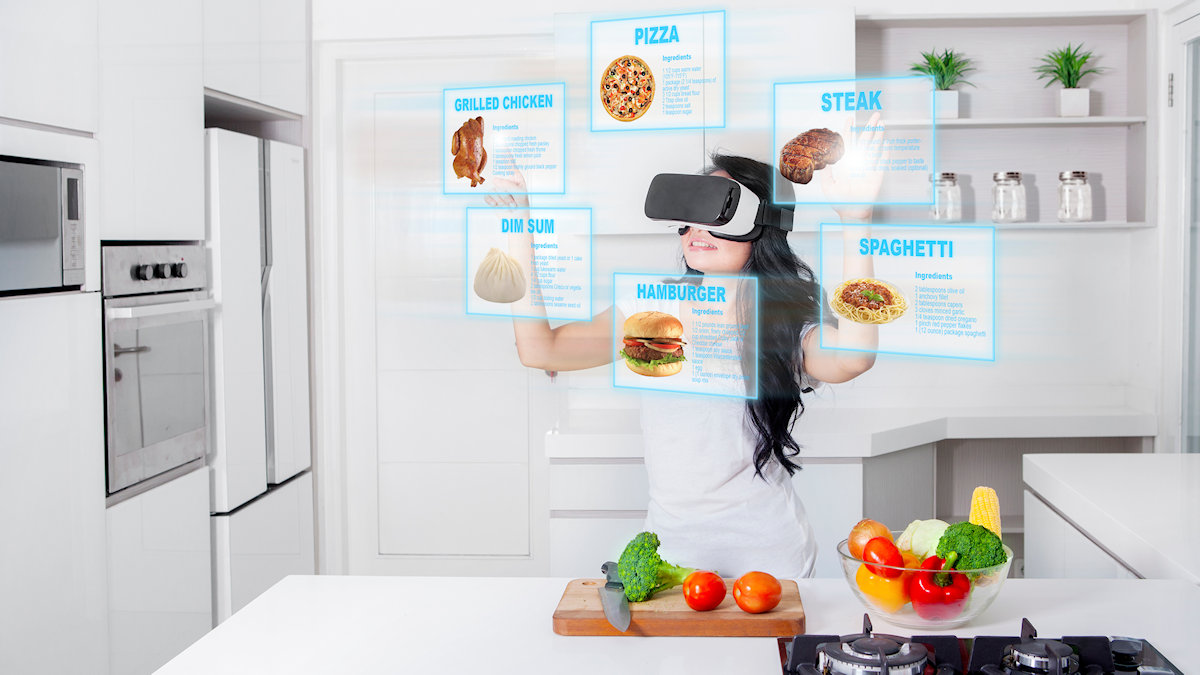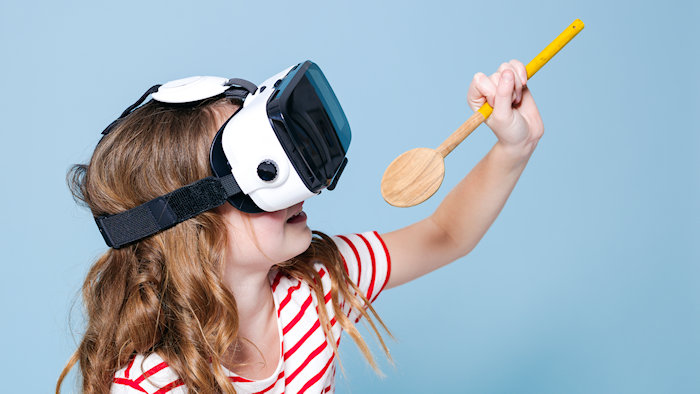People in the future metaverse will indeed be able to taste, smell, touch, chew, and experience food and beverages. And the best part will be zero calories from the virtual food.
But will our avatars be okay drinking alcohol or using cannabis without their desired side effects? Most probably won’t, as evidenced by the current market share for non-alcoholic beverages. However, we’ll likely develop VR technology that will simulate those sensations as well – like relaxation and reduced inhibitions to name just two.
After all, the purpose and value of the metaverse is to recreate and duplicate as many aspects of physical life as possible. To do that, we’ll need to be able to experience the metaverse with every one of our five primary senses in the same way we engage with everything we come across in the physical world.
In fact, the metaverse cooking school may be one of the more ambitious tests of this parallel world, given that fine cuisine relies on two of the most discerning and individualized senses: taste and smell. These two exceptionally sensitive senses often work together. While I’m told it’s a myth that you can’t taste food while you plug your nose, just consider the health condition called anosmia, the simultaneous loss of taste and smell that’s one of the better-known symptoms of COVID.
How Do We Experience the Metaverse?
As we plan for the cooking school, though, it’s important to understand both the difference and the linkage between VR and the metaverse. Both are progressing side by side and it’s no wonder we equate the experiences.
Does gaming on your VR Oculus headset place you in the metaverse? It’s a matter of semantics. Some would call this “a metaverse,” others call it a pretty neat alternate sensory experience. Both can be right.
In my studies and analyses, I tend to focus on “the Web 3 metaverse,” the single, under-development, unifying, parallel-life, alternate universe that extends beyond any single gaming environment to replicate and create new and better human institutions, businesses, and experiences. It’s substantially more than a game.
But whether you’re gaming, setting up a cooking school, or buying virtual real estate (and be sure to see my blog next week on the latter), for the time being, these will require specialized VR sensory equipment to engage in the experience.
Progress in VR Sensory Experiences
In the earliest manifestations of VR, the tools accounted for two of the five major senses – sight and sound. The experience in both is getting better all the time with each breakthrough.
Next came haptic suits and gloves to virtually mimic touch, skin, and body sensations. In other words, you’ll feel getting punched or having a zombie tap you on the shoulder. That’s three of the five basic human senses down … and two to go.
Smell and Taste – The Last Major VR Sensory Frontier
Understandably, recreating the senses of taste and smell in VR and ultimately the metaverse has been trickier. But we’re seeing breakthroughs in that regard as well and we’ll be in the metaverse cooking school before you know it!
Of the two, recreating the sense of smell might be easier. New technology has been introduced that will not only offer that olfactory sensation but also integrate it with VR sight and haptic touch experiences as well. You’ll see a virtual orange on the tree, pluck it off, and smell it. So far so good, but not good enough.
Taste is probably the trickiest sense to capture virtually. We’re seeing some breakthroughs here, too, though. In one manifestation, there’s the emergence of gadgets that trick the taste receptors on your tongue to convince you that a real chunk of algae tastes like a virtual medium-rare piece of filet or a bite of pound cake. Here’s a report on what this dining experience is like.
Other promising VR tasting technologies are exploring ways to electronically simulate jaw muscle activity to reproduce the sense of chewing. Clearly, there’s a way to go yet in the taste department, including the ability to remember the taste of an orange so you can anticipate the experience and trigger saliva glands. Equally important will be the ability to imagine and virtually predict sensory taste outcomes – how the egg would taste with a dash of salt, for example.
Once we’re able to use our virtual sense of taste in this way, we’ll be ready to have a true experience in cooking school that goes beyond mixing ingredients according to a formula.
Final Thoughts on VR and the Metaverse
With those five virtual senses in hand, so to speak, we’ll count on creative geniuses to artificially create some additional virtual reality sensory experiences, for example, hunger, balance, pain sensation, temperature sensitivity, and more.
And finally, to completely experience the metaverse with all of our senses, will we need to suit up with helmets, haptic suits, taste-bud stimulators, and the like? Yes, until someone finds a way to hardwire our brains with all of this capability so we can simply switch it on and off and make the trip unencumbered.














